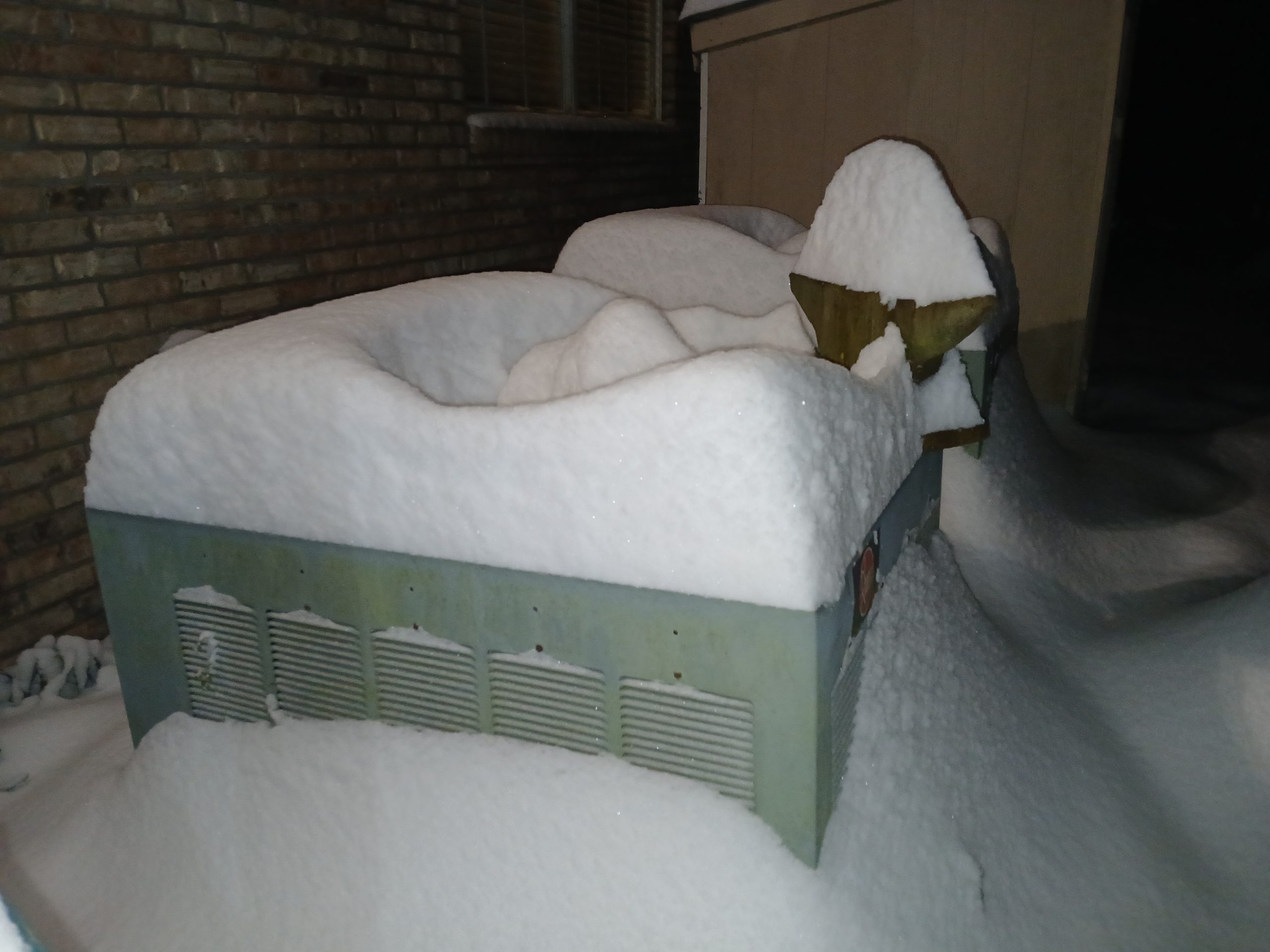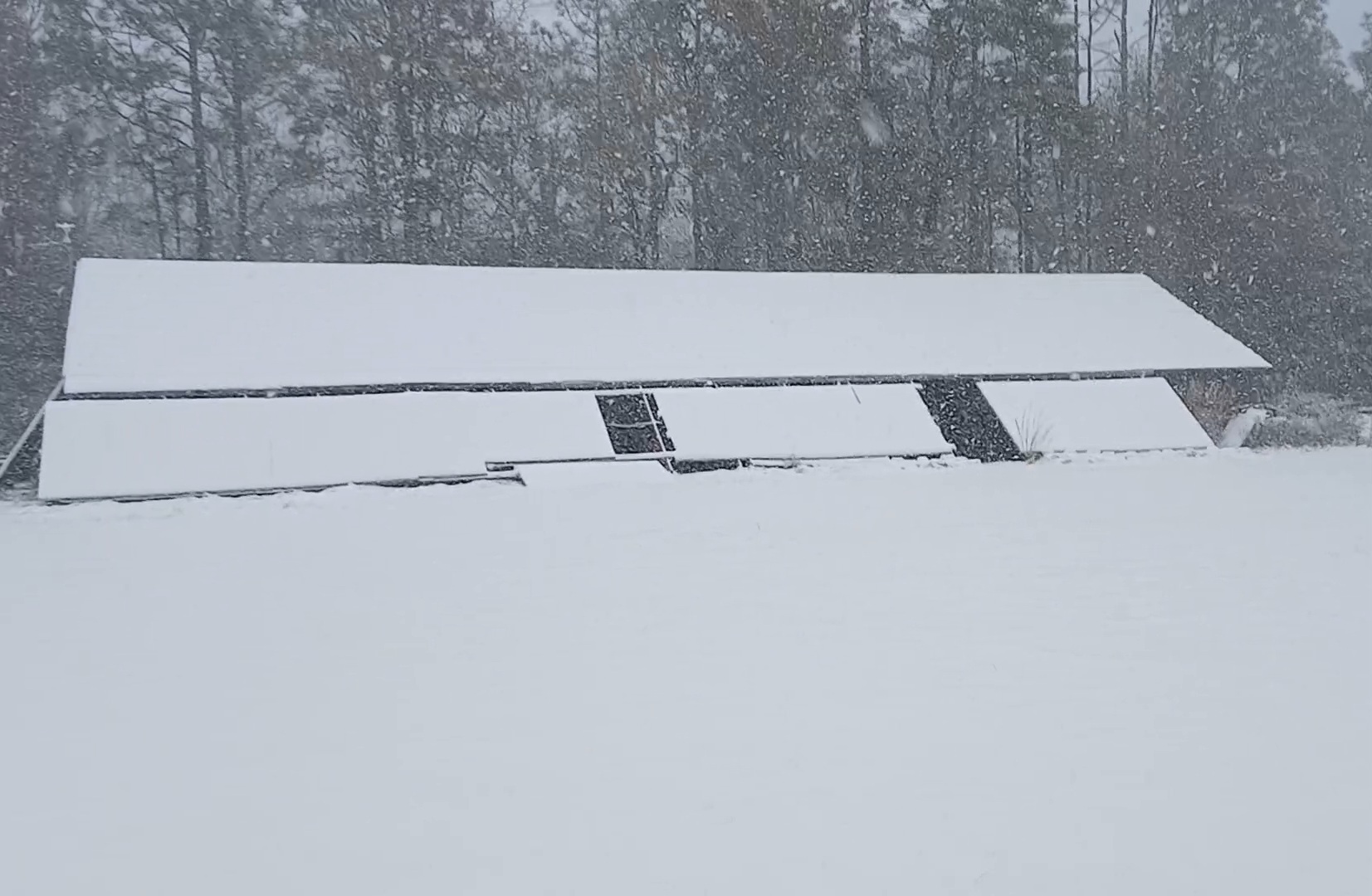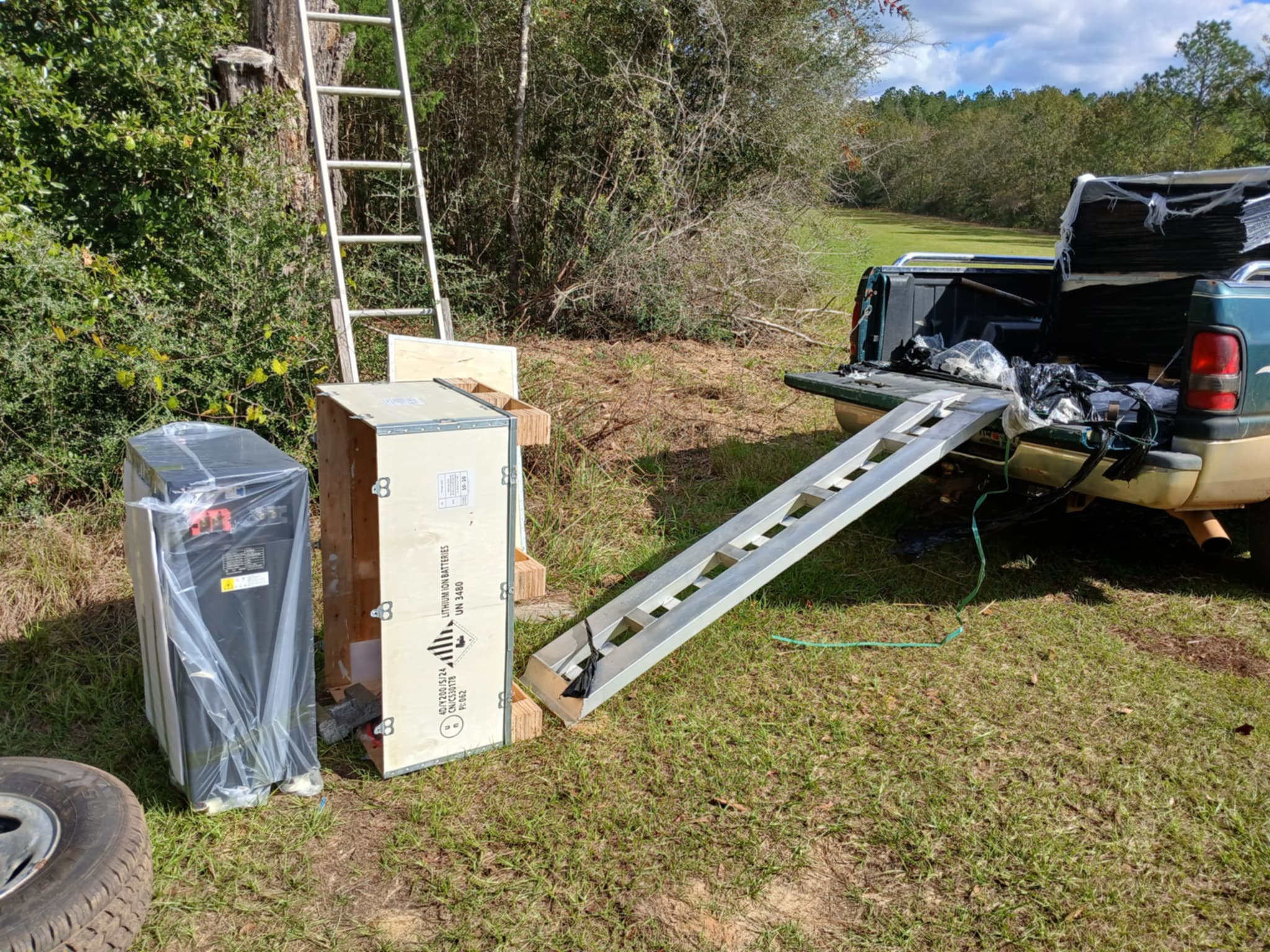Have you read the Home Power Magazine Archive? Homepower.com. There is so much good information there.
Some will seem outdated, and it is, but back in the day, hardware was limited and super expensive. Panels were like gold and batteries were cheap and you could scrounge a lot of surplus sources. Now, panels are cheap, inverters are getting cheaper. Lead batteries seem to be going up, but the price of LiFePO4 or LFP batteries is dropping like a rock.
One thing you’d find back when you’d be considered rich for owning a 100 watt solar module was that the battery pile was relatively large and there was a lot of generator use. A general rule of thumb that it should take 4 days to charge the battery. Now, the solar should be adequate to your needs, but you will be much better off with a really, really big pile of batteries.
I was in that position with my solar boat, Sun King, and it got an even bigger battery about a year ago. Recently, I upgraded the house battery by adding around 80kwh of LFP battery units. I am thrilled with the results. I was able to mostly run the heat pump to keep warm instead of hauling firewood for the furnace. No running the generator except for maintenance.
Spring is usually a golden time for solar in these parts. The house cools down a couple of degrees at night and warms up a couple during the day. No HVAC required. Sunny weather. I don’t have to flip the switch to grid or burn any diesel for the generator. It is great!
Winter and summer are different matters. Yes, I am in Florida, but we had 10 inches of snow on the ground, recently, and temperatures in the teens. Summer, expect clouds and temps above 100. That’s where a nicely balanced solar system comes in.

I had been running two massive forklift batteries and a few banks of telecom batteries. The telecoms are not ideal for solar. They are made for massive bursts of power more than repeated cycling. They’ve bit the dust. The 510ah Exides are 10 years old and running like champs, but they are not enough. In hot, cloudy weather, I’d have to switch the rest of the house to grid because my a/c only runs on solar. In frigid weather (in Florida, that’s below 50) I’d have to use the wood furnace instead of the heat pump.
I have a pallet full of 475 watt panels I bought from Sunelec, but I have not finished clearing the ground for the new array. I have plenty of solar for sunny weather…I am wanting to click up the cloudy weather output. That whole “Sunshine State” biz does not apply to my part of Florida.
Recently, though, I was able to get ahold of 5x 16kwr LFP modules and the results have been spectacular. I have mentioned them before, but I now have some experience using them. This week has been a real test. Current battery capacity is the 80kwh of LFP plus the two 10 year old lead monsters. I was initially hesitant to mix them, but that is working great.

Last night, midnight, after a week without sunshine and a fair amount of pine pollen coating everything, the display on the LFP batteries was below 20% capacity. That is concerning for two reasons. First, when the voltage gets to low, the inverter quits. Second, LFP batteries don’t just fade away like lead. They just quit. Was I going to wake up with the house cold and dark?
To make matters worse, going by voltage, the State of Charge display was a little higher than reality. The good news was at 51volts on a “48” volt system, I had not even started using the lead batteries! I had as much power left after a week of clouds with the added LFP batteries as I did after a week of sunshine with just the lead bank.

We have a week of sunshine forecast and from what I have seen in the past in will take about 4 days to catch back up to full. I have finally hit the old 4 day rule and it works!
Talking with my buddy, Courtney, I think we have come up with a reason for this. My solar arrays contain a lot of panels that were previously discarded and I have several groups that just are not working. Best guess is that I am only getting around 9kw of solar. This is difficult to determine for sure because I don’t have them all pointed in the same direction. In other words, I can’t look at the ammeter at noon for a good number. Still, with the smaller battery capacity, I was usually seeing the battery topped up by noon. Charge controllers give you all they’ve got up to a point and then they pretty much shut down for the day. Wasted solar capacity.
With the much bigger battery to charge, you will find your solar giving its all the entire day and even for days at a time. I may not even need to add to my solar array. We do have the clouds and I do have a few “temporary” lash-ups that can get cleaned up with a fresh new array. I can always use the old panels elsewhere on the farm, like a charging station for the old electric boat that is being brought back to service.
A bigger pile of batteries is better, but we will talk about that more at another time.
